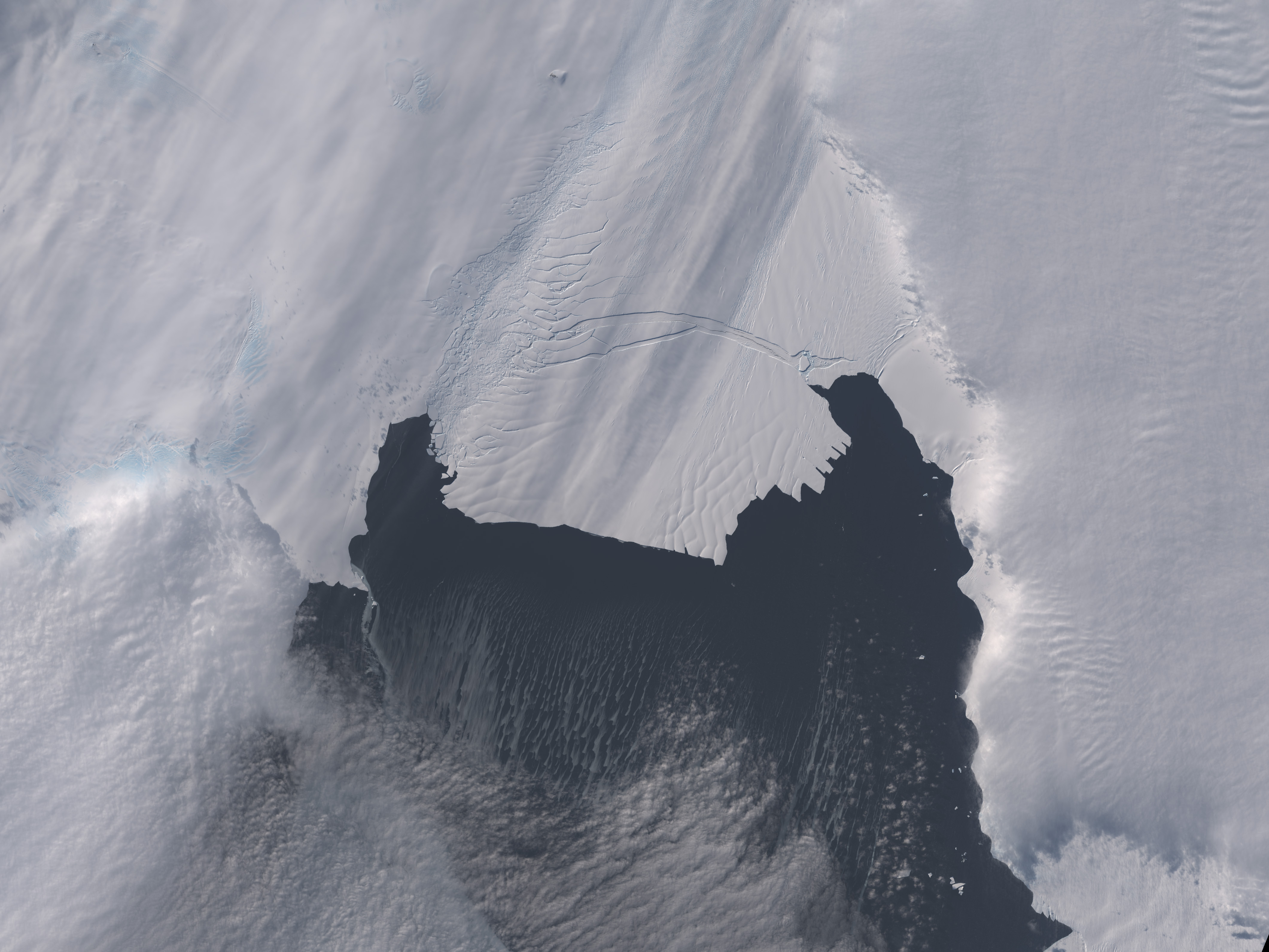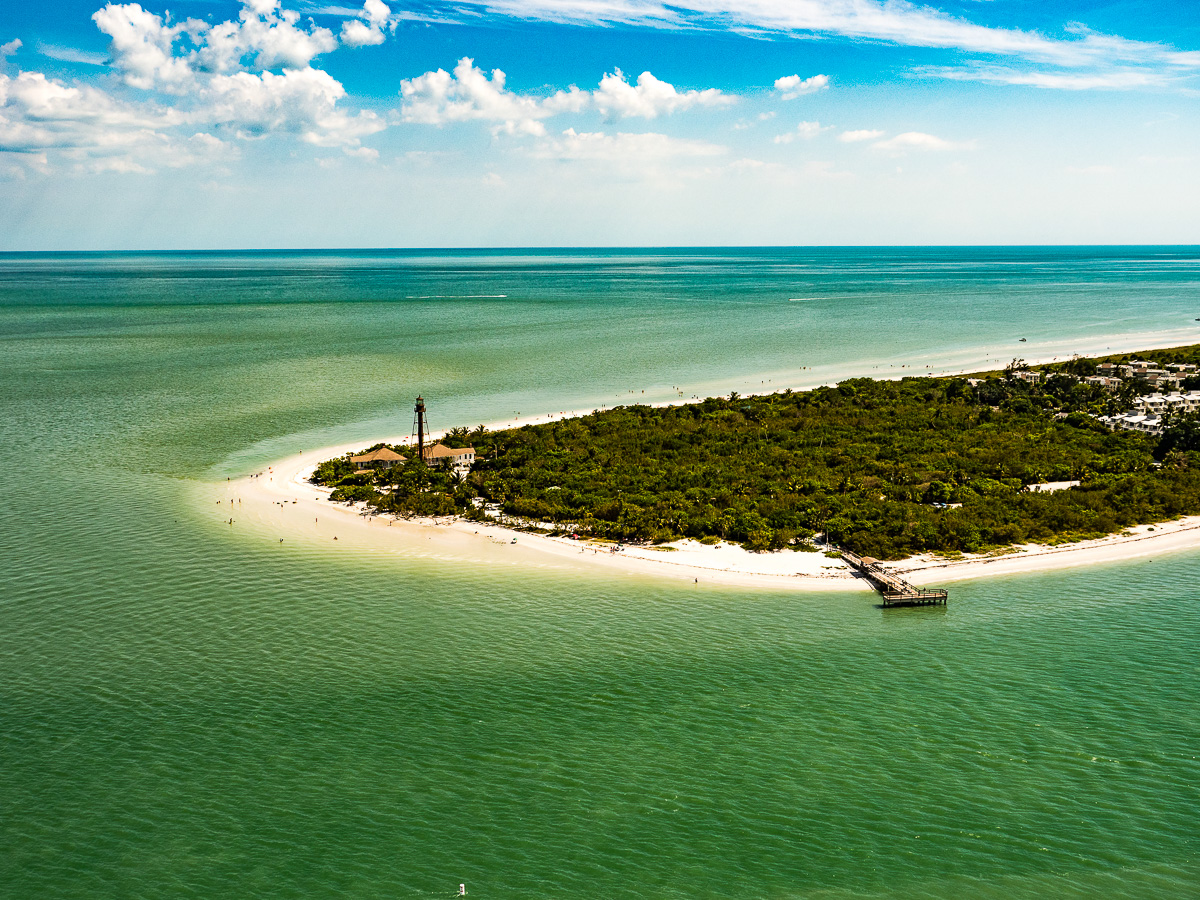

“So it’s a potentially much more rapid and abrupt change.” “The loss of Pine Island’s ice shelf now looks like it possibly could occur in the next decade or two, as opposed to the melt-driven subsurface change playing out over 100 or more years,” said co-author Pierre Dutrieux, an ocean physicist at British Antarctic Survey. But the results change the timeline for when Pine Island’s ice shelf might disappear and how fast the glacier might move, boosting its contribution to rising seas. Other factors, like the slope of the land below the glacier’s receding edge, will come into play, Joughin said. It’s not clear whether the shelf will continue to crumble. But if the rest of that ice shelf breaks up and goes away then this glacier could speed up quite a lot.” “The glacier’s speedup is not catastrophic at this point. “The recent changes in speed are not due to melt-driven thinning instead they’re due to the loss of the outer part of the ice shelf,” Joughin said. The authors used an ice flow model developed at UW to confirm that the loss of the ice shelf caused the observed speedup.

Two points on the glacier’s surface that were analyzed in the paper sped up by 12% between 20. “The ice shelf appears to be ripping itself apart due to the glacier’s acceleration in the past decade or two,” Joughin said. The researchers analyzed images from January 2015 to March 2020 and found that the recent changes on the ice shelf were not caused by processes directly related to ocean melting. Results show that what’s happened more recently is a different process, Joughin said, related to internal forces on the glacier.įrom 2017 to 2020, Pine Island’s ice shelf lost one-fifth of its area in a few dramatic breaks that were captured by the Copernicus Sentinel-1 satellites, operated by the European Space Agency on behalf of the European Union. The glacier’s speed then stabilized for almost a decade. From the 1990s to 2009, Pine Island Glacier’s motion toward the sea accelerated from 2.5 kilometers per year to 4 kilometers per year (1.5 miles per year to 2.5 miles per year). These glaciers have attracted attention in recent decades as their ice shelves thinned because warmer ocean currents melted the ice’s underside. If it and neighboring Thwaites Glacier speed up and flow completely into the ocean, releasing their hold on the larger West Antarctic Ice Sheet, global seas could rise by several feet over the next few centuries. It is already responsible for much of Antarctica’s contribution to sea-level rise, causing about one-sixth of a millimeter of sea level rise each year, or about two-thirds of an inch per century, a rate that’s expected to increase. Pine Island Glacier contains approximately 180 trillion tons of ice - equivalent to 0.5 meters, or 1.6 feet, of global sea level rise.


This ice shelf lost one-fifth of its area from 2017 to 2020, causing the inland glacier to speed up by 12%. The photo was taken in January 2010 from the east side of the glacier, looking westward. These crevasses are near the grounding line, where the glacier makes contact with the Antarctic continent. Pine Island Glacier ends in an ice shelf that floats in the Amundsen Sea. Things could be much more abrupt if we lose the rest of that ice shelf.” “The processes we’d been studying in this region were leading to an irreversible collapse, but at a fairly measured pace. “We may not have the luxury of waiting for slow changes on Pine Island things could actually go much quicker than expected,” said lead author Ian Joughin, a glaciologist at the UW Applied Physics Laboratory. The study from researchers at the University of Washington and British Antarctic Survey was published June 11 in the open-access journal Science Advances. Since floating ice shelves help to hold back the larger grounded mass of the glacier, the recent speedup due to the weakening edge could shorten the timeline for Pine Island Glacier’s eventual collapse into the sea. Analysis of satellite images reveals a more dramatic process in recent years: From 2017 to 2020, large icebergs at the ice shelf’s edge broke off, and the glacier sped up. Images are from the Copernicus Sentinel-1 satellites operated by the European Space Agency on behalf of the European Union.įor decades, the ice shelf helping to hold back one of the fastest-moving glaciers in Antarctica has gradually thinned. For most of the first two years, the satellite took high-resolution images every 12 days then for more than three years it captured images of the ice shelf every six days. The timelapse video incorporates satellite images from January 2015 to March 2020. The ice shelf on Antarctica’s Pine Island Glacier lost about one-fifth of its area from 2017 to 2020, mostly in three dramatic breaks.


 0 kommentar(er)
0 kommentar(er)
